The Cornish Riviera
Similar Movies
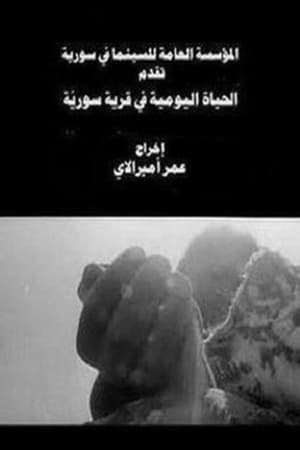 7.3
7.3Everyday Life in a Syrian Village(ar)
The first documentary to present an unabashed critique of the impact of the Syrian government’s agricultural and land reforms, Everyday Life in a Syrian Village delivers a powerful jab at the state’s conceit of redressing social and economic inequities.
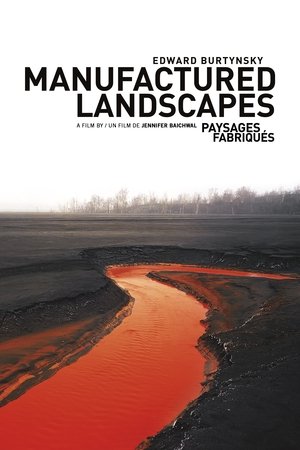 7.1
7.1Manufactured Landscapes(en)
MANUFACTURED LANDSCAPES is the striking new documentary on the world and work of renowned artist Edward Burtynsky. Internationally acclaimed for his large-scale photographs of “manufactured landscapes”—quarries, recycling yards, factories, mines and dams—Burtynsky creates stunningly beautiful art from civilization’s materials and debris.
 0.0
0.0Costa Natura - Naked Village(en)
Documentary on the life of naturists on a resort in Spain.
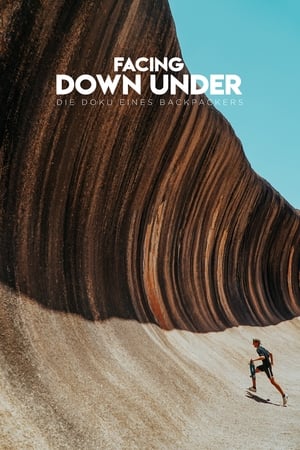 5.3
5.3Facing Down Under: A Backpackers Documentary(de)
A 19-year-old high school graduate travels through Australia as a backpacker and accompanies his adventure with a camera.
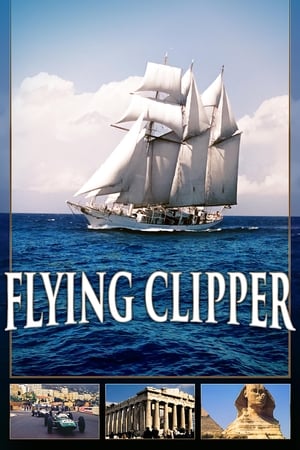 8.0
8.0Mediterranean Holiday(de)
A 1962 West German documentary film directed by Hermann Leitner and Rudolf Nussgruber.
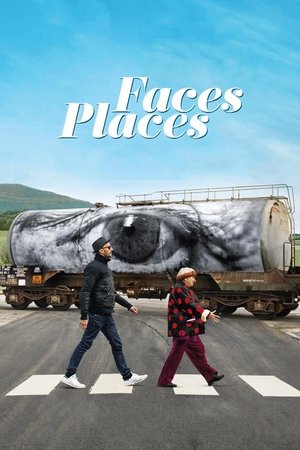 7.7
7.7Faces Places(fr)
Director Agnès Varda and photographer/muralist JR journey through rural France and form an unlikely friendship.
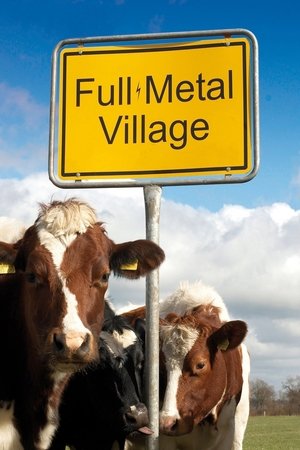 6.7
6.7Full Metal Village(de)
The film describes the microcosmos of the small village Wacken and shows the clash of the cultures, before and during the biggest heavy metal festival in Europe.
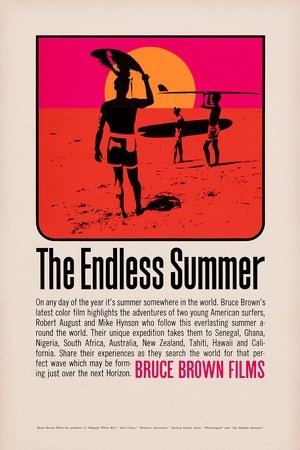 7.2
7.2The Endless Summer(en)
Bruce Brown's The Endless Summer is one of the first and most influential surf movies of all time. The film documents American surfers Mike Hynson and Robert August as they travel the world during California’s winter (which, back in 1965 was off-season for surfing) in search of the perfect wave and ultimately, an endless summer.
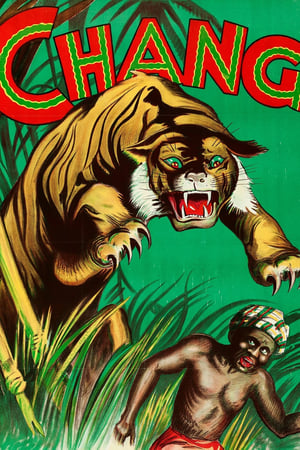 6.8
6.8Chang: A Drama of the Wilderness(en)
Elephants disrupt the lives of a family deep in the jungles of Northern Siam, and an entire village.
 0.0
0.0Mel Giedroyc & Martin Clunes Explore Britain by the Book(en)
Much-loved actress, comedian and writer Mel Giedroyc heads to Dorset on a travel adventure with a twist. Inspired by her passion for books, Mel hooks up with her friend and Dorset local, Martin Clunes, to explore the spectacular scenery and iconic locations made famous by some of Britain's favourite books and films.
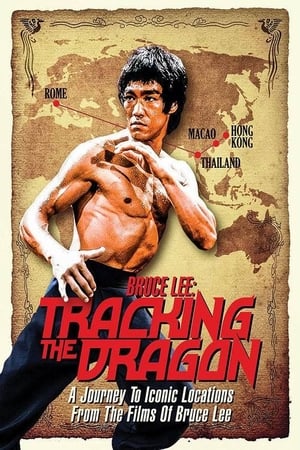 4.8
4.8Bruce Lee: Tracking the Dragon(en)
Bruce Lee expert John Little tracks down the actual locations of some of Bruce Lee's most iconic action scenes. Many of these sites remain largely unchanged nearly half a century later. At monasteries, ice factories, and on urban streets, Little explores the real life settings of Lee's legendary career. This film builds on Little's earlier film, Pursuit of the Dragon, to present a comprehensive view of Lee's work that will change the way you see the films.
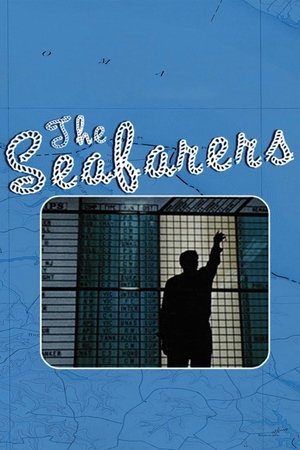 4.5
4.5The Seafarers(en)
Members of the American Federation of Labor, the Atlantic & Gulf Coast District of the Seafarers International Union commissioned budding filmmaker and magazine photographer Stanley Kubrick to direct this half-hour documentary. The director's first film in color, it is more of an industrial film than a documentary, it served as a promotional tool to recruit sailors to the union.
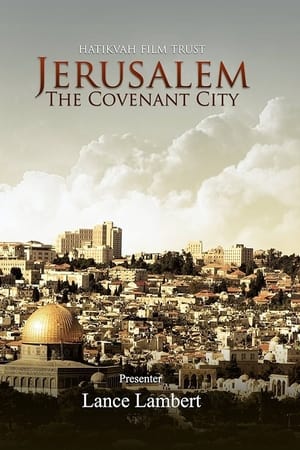 5.0
5.0Jerusalem: The Covenant City(en)
In this superbly produced, two-part documentary, you'll trace the holy city's prophetic history and explore what the Bible professes regarding Jerusalem's fate.
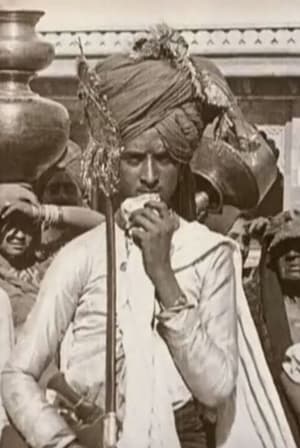 0.0
0.0Edward Prince of Wales' Tour of India: Bombay, Poona, Baroda, Jodhpur and Bikaner(en)
The future Edward VIII visits his Empire, with Indian royalty, elephants, palaces and temples.
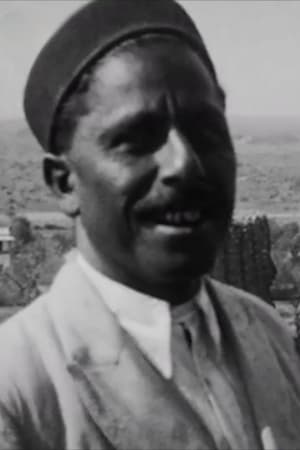 0.0
0.0Local Scenes in India and the Taj Mahal(en)
This travelogue takes in some of the most important landmarks of Islamic power in India.
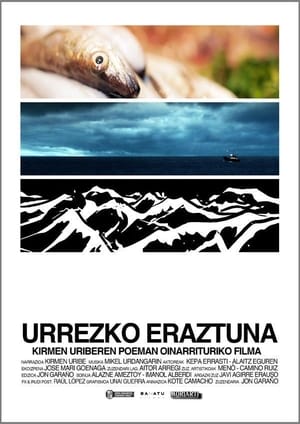 0.0
0.0The Gold Ring(eu)
Father lost his wedding ring in the ocean once. Like all the sailors, he’d take it from his finger to put on a neck chain, not to lose the finger as the net went out.
 0.0
0.0Nikita Kino(fr)
The film is a travelogue of sorts. Ostrovsky’s personal family footage meets the archives of Soviet propaganda footage. The result is a kind of Khruschev-era mix with a collage of Soviet music and a voice-over of my reminiscences of the Cold War era.
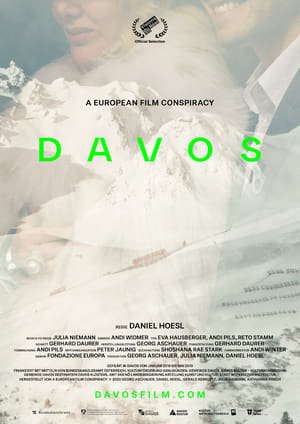 6.0
6.0Davos(en)
Beneath its reassuring façade, Davos is each year at the heart of the Western and capitalistic world. Every chief of State and everyone who is someone in the money world meets with their peers in the Swiss village. What is really at stake in Davos ? Julia Niemann and Daniel Hoesl create a fascinating observational documentary in which judgement is never handed out and where the dialectics of conflicts matter more than easy and reassuring answers. The film asks the viewer some uncomfortable questions by focusing on challenges that the new global economy poses to the world.
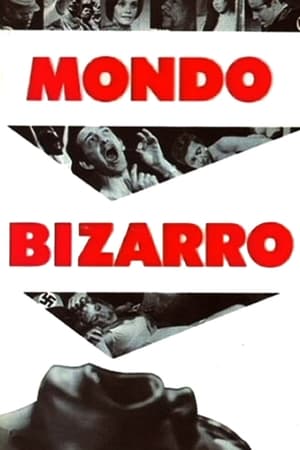 4.9
4.9Mondo Bizarro(en)
A faux travelogue that mixes documentary and mockumentary footage. The camera looks through a one-way glass into the women's dressing room at a lingerie shop, visits a Kyoto massage parlor, goes inside the mailroom at Frederick's of Hollywood, watches an Australian who sticks nails through his skin and eats glass, checks out the art and peace scene in Los Angeles, takes in Easter week with vacationing college students on Balboa Island, observes a German audience enjoying a play about Nazi sadism, and, with the help of powerful military lenses, spies on a Lebanese white-slavery auction.
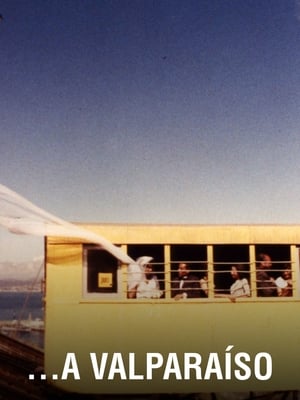 6.9
6.9Valparaiso(fr)
In 1962 Joris Ivens was invited to Chile for teaching and filmmaking. Together with students he made …A Valparaíso, one of his most poetic films. Contrasting the prestigious history of the seaport with the present the film sketches a portrait of the city, built on 42 hills, with its wealth and poverty, its daily life on the streets, the stairs, the rack railways and in the bars. Although the port has lost its importance, the rich past is still present in the impoverished city. The film echoes this ambiguous situation in its dialectical poetic style, interweaving the daily life reality (of 1963) with the history of the city and changing from black and white to colour, finally leaving us with hopeful perspective for the children who are playing on the stairs and hills of this beautiful town.
